The traditional Japanese pattern marutsunagi 円繋ぎ is a popular sashiko moyōzashi pattern. | Sashiko Pattern
Meaning of the sashiko pattern marutsunagi
The traditional Japanese sashiko pattern marutsunagi 円繋ぎ means “circles linked.” It belongs to the group of moyōzashi 模様刺し. As the name suggests, it consists of circles that are linked together where they touch.
Circles in patterns stand for happiness, balance, and peace. This meaning comes from the kanji (Chinese character) for circle: 円.
This character is used in the compound enman 円満.
From this compound, the circle gets its deeper meaning and positive connotation.
円満 enman means: not lacking, no dissatisfaction or petty fights, well-rounded character, no corners, full and satisfied, being whole, being enlightened. Yep, Japanese words can often represent super complex meanings.
History of the sashiko pattern marutsunagi
Like many traditional patterns, marutsunagi is a kisshōmonyō 吉祥文様 “lucky omen pattern.” Kisshōmonyō patterns represent good luck and can often be found on kimonos worn at festivities or on gift wrappings for happy occasions.
This particular pattern is often seen at weddings or when someone moves house, wishing for happiness and satisfaction for a new stage of life.
Sashiko patterns similar to marutsunagi
If you let the circles cross over one another instead of lining them up next to each other, you get the sashiko pattern shippōtsunagi, which has a slightly different meaning.
Sashiko pattern marutsunagi stitching advice
The pattern looks as if you were meant to stitch each circle on its own, when actually you only stitch curves. This means to finish a circle, you will need to stitch from at least two, max four different directions.
I always stitch curved half-circles, but I've seen instructions where people stitch only a quarter at a time. If you stitch quarter-circles, you won't have to turn your fabric as much, so this way may actually be the better choice.
Notice how the stitch where the circles touch is only a single stitch? Hand the thread on your second go over at the back for a neater look.
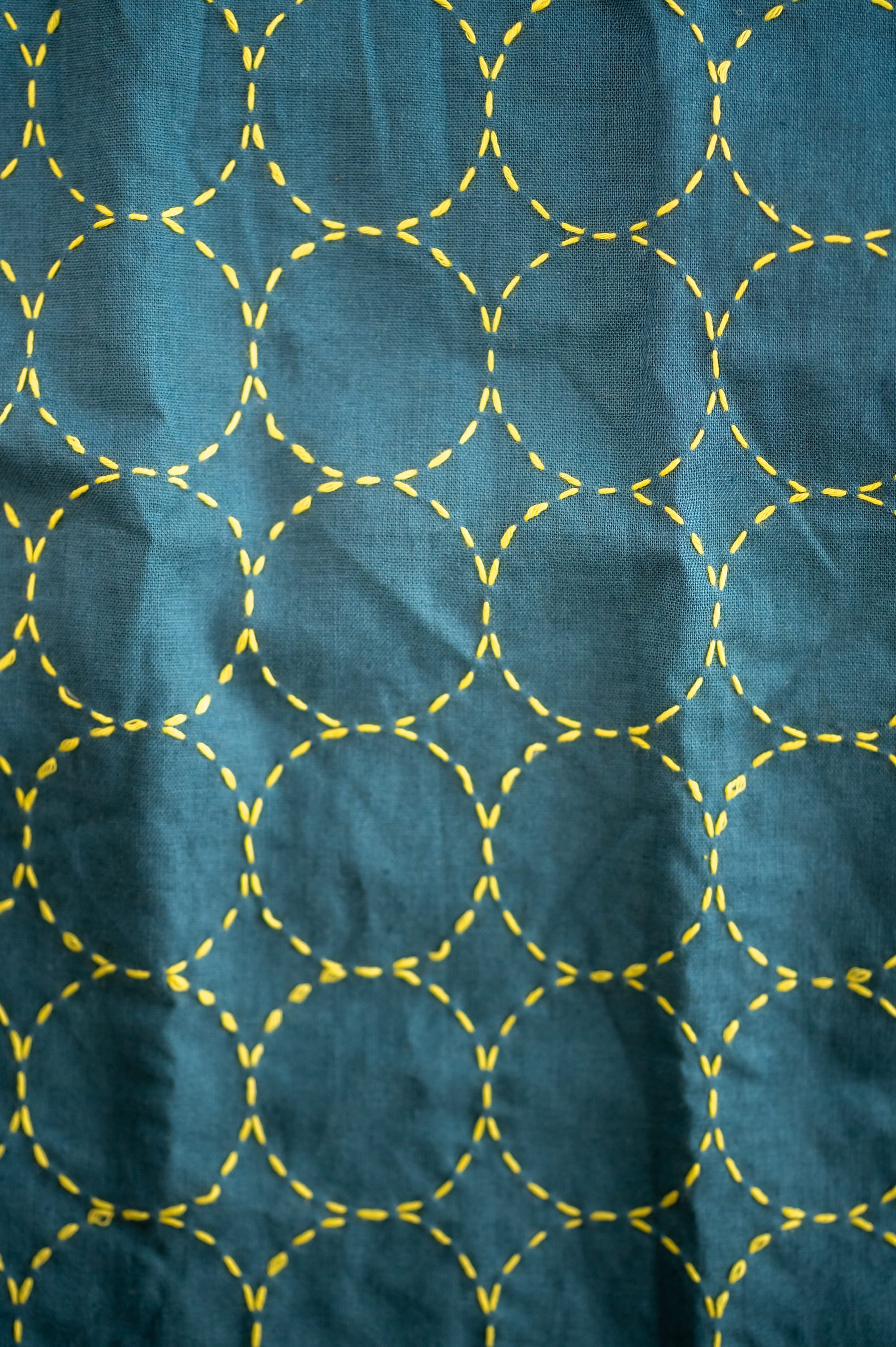
There are many rules in sashiko, but remember that you can adjust stitching patterns to match your taste.
I haven't met any sashiko artists in Japan who let their creativity be held back by boundaries. Also, I haven't met anyone who criticized sashiko stitching that wasn't exactly done as it was hundreds of years ago. The sashiko community in Japan is extremely welcoming and supportive. A perfect harmonious circle.
I've yet to come across a pre-printed sampler with this pattern, even in Japan. So you probably won't get around drawing the stitching guidelines yourself.
Note on FriXion markers
I use FriXion pens to draw the marks. I've never had any trouble with them leaving marks, but I've heard people discuss on forums that the lines reappeared in the cold. I always wash my projects after I finish stitching, maybe that's why I've never had any trouble?
Anyways, if you are going to work on something precious (anyone, always, right?), be sure to test the markers on a tiny bit of scrap fabric before doodling all over your project.
The markers come out with heat. When I mess up somewhere, I often just use my iron's tip to get the wrong bits out.
You can also use a hair dryer to get rid of the lines.
Stitches on the Run is reader-supported. When you buy through links on my site, I may earn an affiliate commission. It doesn't cost you anything extra but it helps keep my blog and my stitches running. Thanks!
I love using these pens and highly recommend them. The FriXion pens sell out quickly, but maybe today is your lucky day?
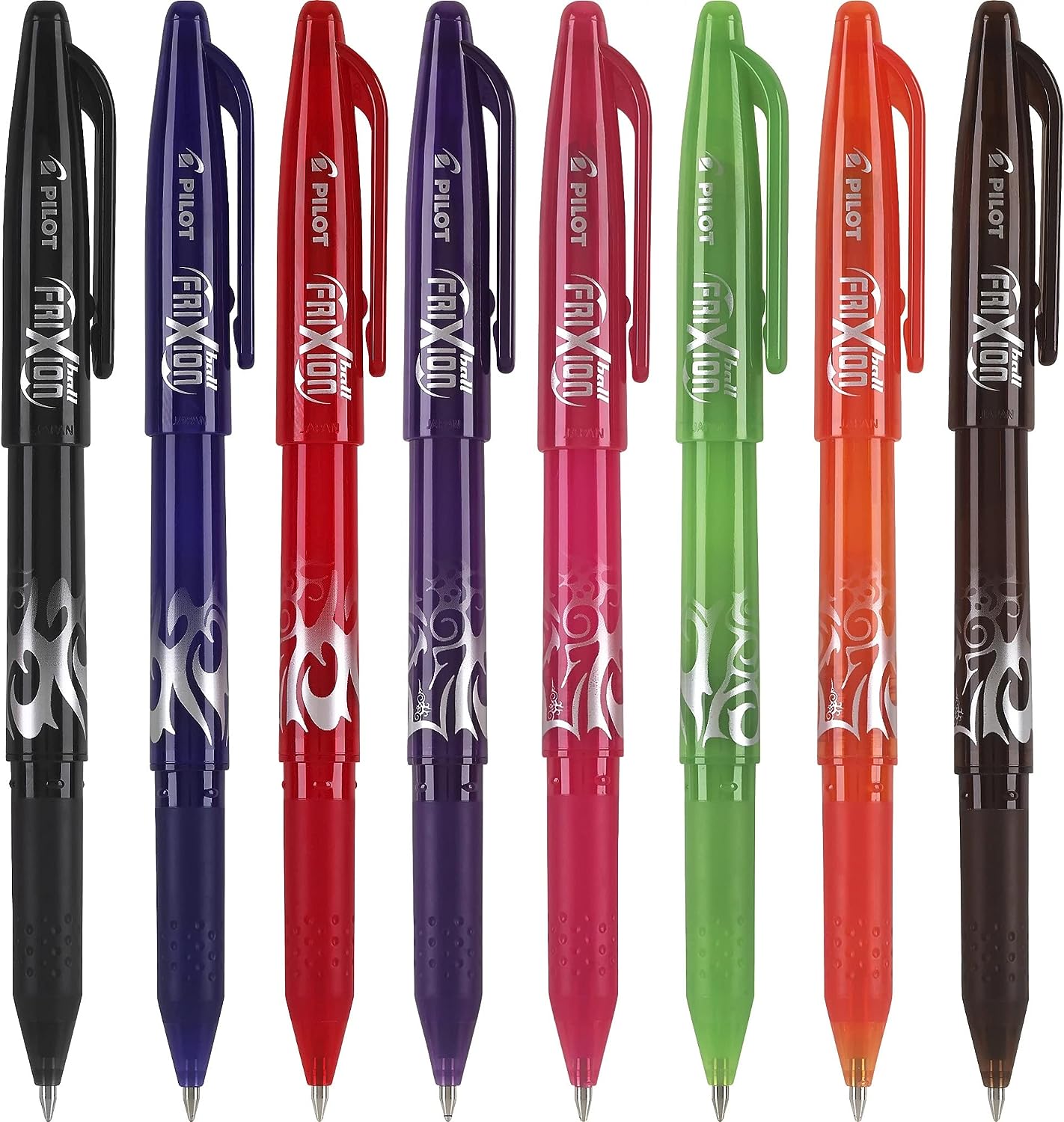
Heat-erasable pens
Unless you use a very dark-colored fabric, these pens are great to get your sashiko pattern onto your fabric. Very fine lines that can be erased instantly with an iron if you've messed up.
Leave a comment if you are interested in detailed instructions and I will upload more information as soon as possible.
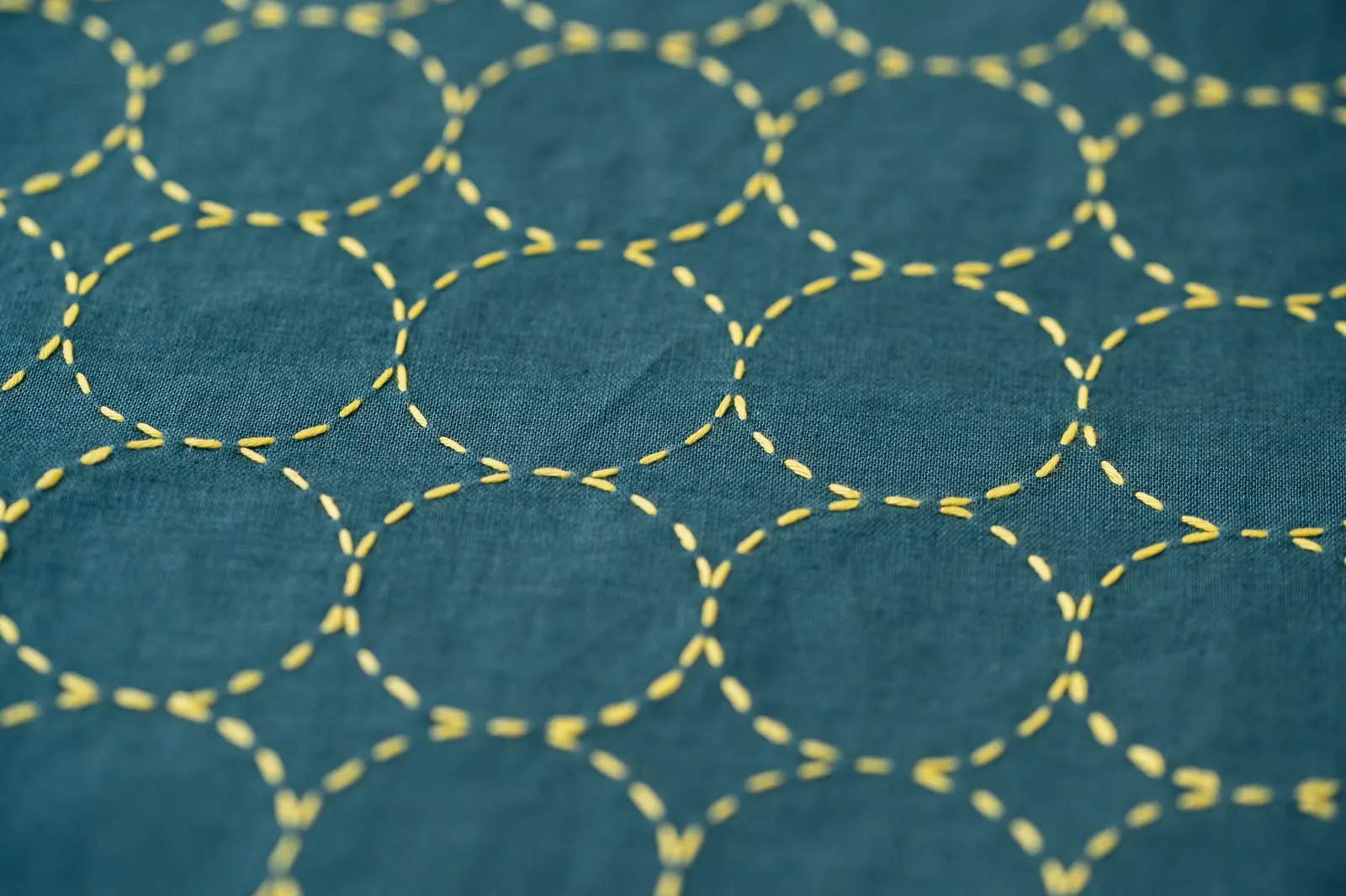

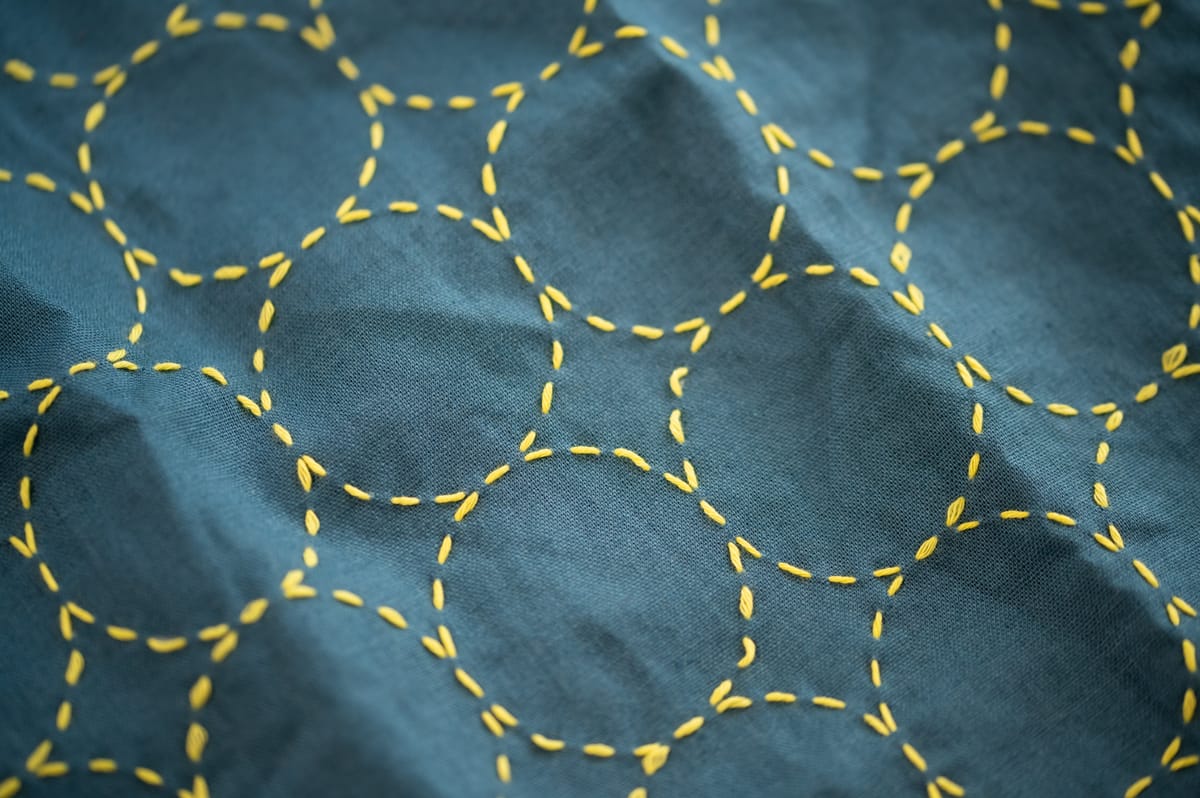
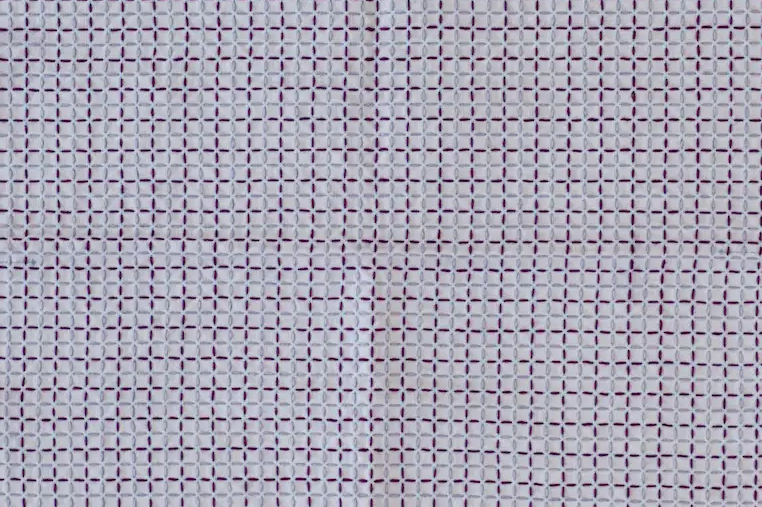
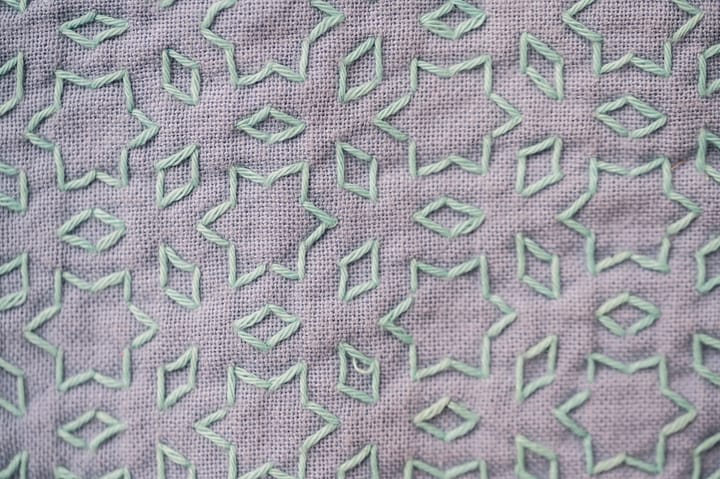
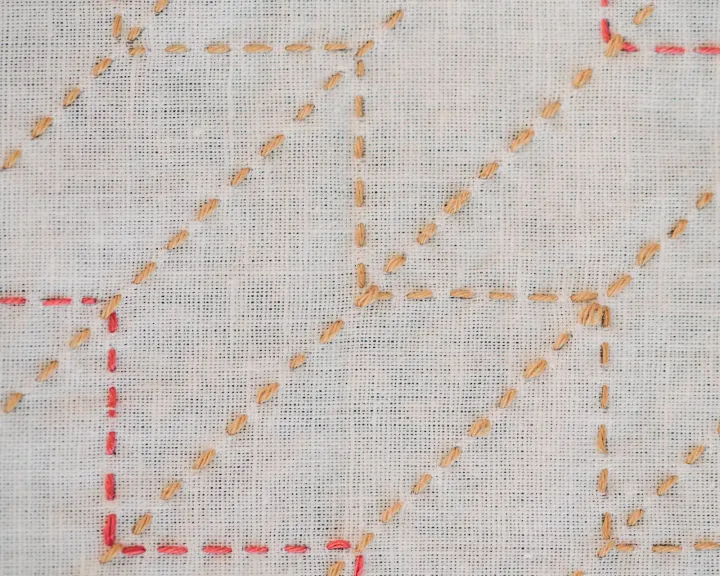
Comments ()